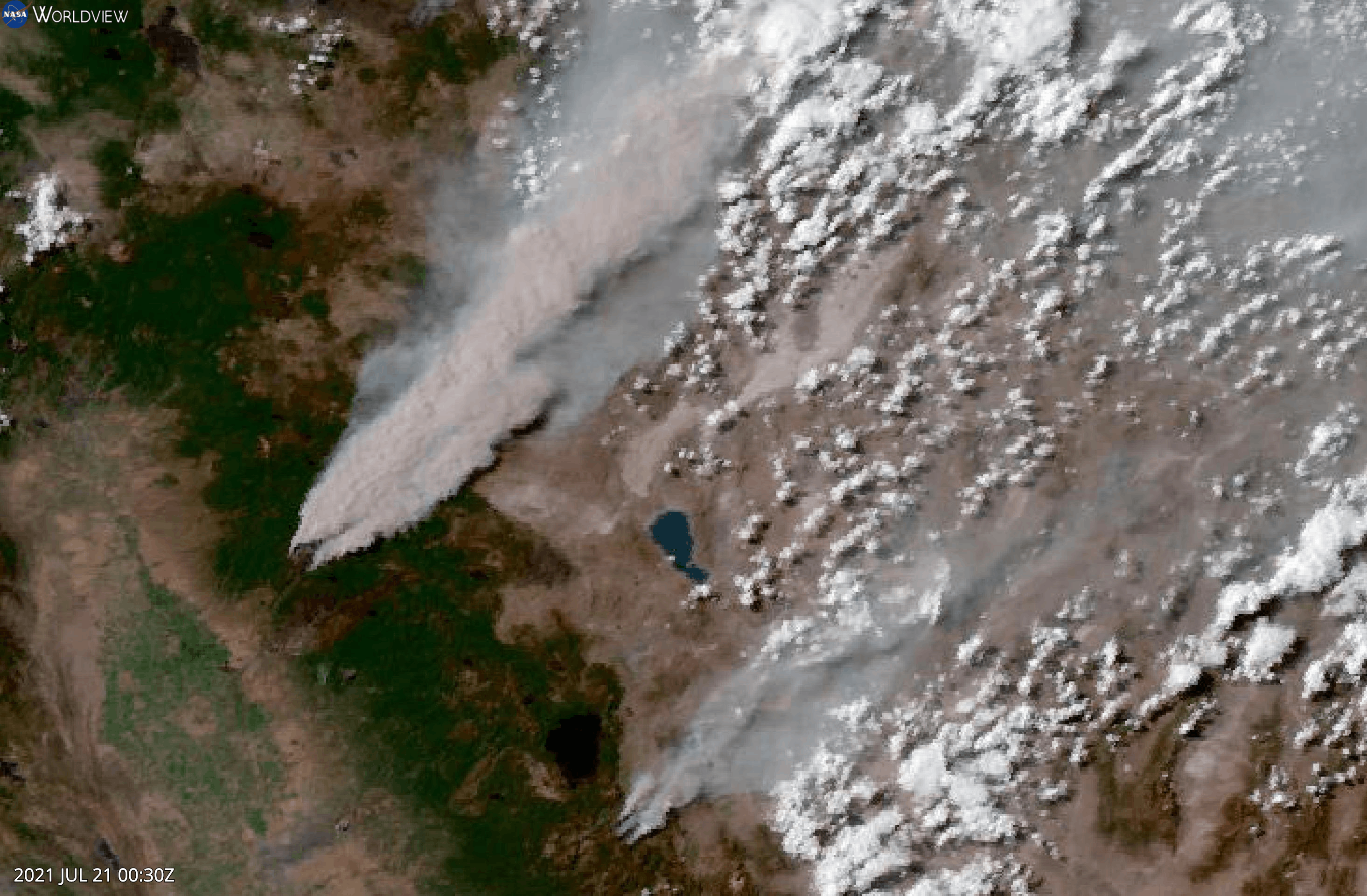The municipal bond market looks to satellites to help assess climate risk
- Share via
The $3.8-trillion municipal-bond market has found a new tool in its effort to understand the effects of climate change: satellites orbiting Earth.
Assessing climate risks is a particularly vexing problem given that U.S. state and local governments tend to give investors information that’s too little or just too late. But the use of geospatial data and information from sources such as Google Earth could help municipal bond investors evaluate and price the risks posed from a warming climate, rising sea levels and natural disasters.
The deployment of spatial technology in the municipal market advanced in January when credit rating company S&P Global Ratings completed an analysis of U.S. water utilities using data from NASA satellite missions. Other investment firms say they’re starting to focus on geospatial information as a way to evaluate climate risks as well.
A wind turbine’s blades can be longer than a Boeing 747 wing. At the end of their lifespan, they can’t just be hauled away.
“Largely, finance lives in columns and rows in Excel spreadsheets — climate change is not a row-and-column exercise,” said Chris Goolgasian, director of climate research at Wellington Management, a Boston asset manager that uses mapping technology to consider the effects of climate change on investments including municipal bonds. “It’s much more powerful to see it visualized.”
The potential financial applications for the technology led researchers at the University of Oxford to coin the term “spatial finance” and to launch an initiative last year with groups such as the Green Finance Institute to foster the use of geospatial data in markets.
Spatial finance takes advantage of the proliferation of satellites, which have become easier and cheaper to launch, as well as investors’ growing desire to consider environmental risks such as climate change, said Christophe Christiaen, sustainable finance lead for U.K. technology company Satellite Applications Catapult, which is part of the initiative.
The municipal market could use the satellite data to monitor the effect of wildfires or natural disasters on local economies, Christiaen said. That is a “potential game-changer,” he added. “What we want to achieve in the end is to mainstream this type of thinking.”
S&P, one of three big U.S. credit rating companies, used information from NASA satellites to examine whether the location of public water utilities had anything to do with their financial strength. They found that utilities located in ecosystems that foster better water quality, such as evergreen forests, were associated with better debt metrics.
Water utilities are a good sector to consider geography because of the potential for droughts or scarce supply in high-growth areas, making it especially necessary to consider climate change, said Ted Chapman, a senior director in S&P’s municipal and cooperative utility group. “That’s relevant to credit quality,” he said.
Adam Stern, co-head of research at Boston-based Breckinridge Capital Advisors, said the use of such data — including information from satellites — will be an “indispensable” tool to understand the effects of climate change. The firm already considers the geography of certain municipal investments, such as whether they’re located in California areas at risk of wildfires.
A handful of utilities continue to operate coal plants with no plans to shut them down, defying economic and political headwinds.
“Most questions about climate change haven’t been answered in the muni market,” Stern said. “We’re just in the very beginning stages of getting our heads around the degree of risk that climate change poses to various issuers.”
Other financial markets could benefit from the spatial data too. Investec Asset Management, a South African asset management company, teamed up with the World Wide Fund for Nature on a report in 2019 about the potential to use spatial data as part of sovereign debt investing decisions. Satellite imagery could be used to help verify adherence to environmental policies, the report said.
Beth Burks, an associate director in the sustainable finance group at S&P, said the company planned to apply similar analysis to other credit markets, though she declined to say where.
“Where we go next is to try and increasingly experiment with these techniques in other areas of credit to broaden that capability,” she said.
More to Read
Inside the business of entertainment
The Wide Shot brings you news, analysis and insights on everything from streaming wars to production — and what it all means for the future.
You may occasionally receive promotional content from the Los Angeles Times.











